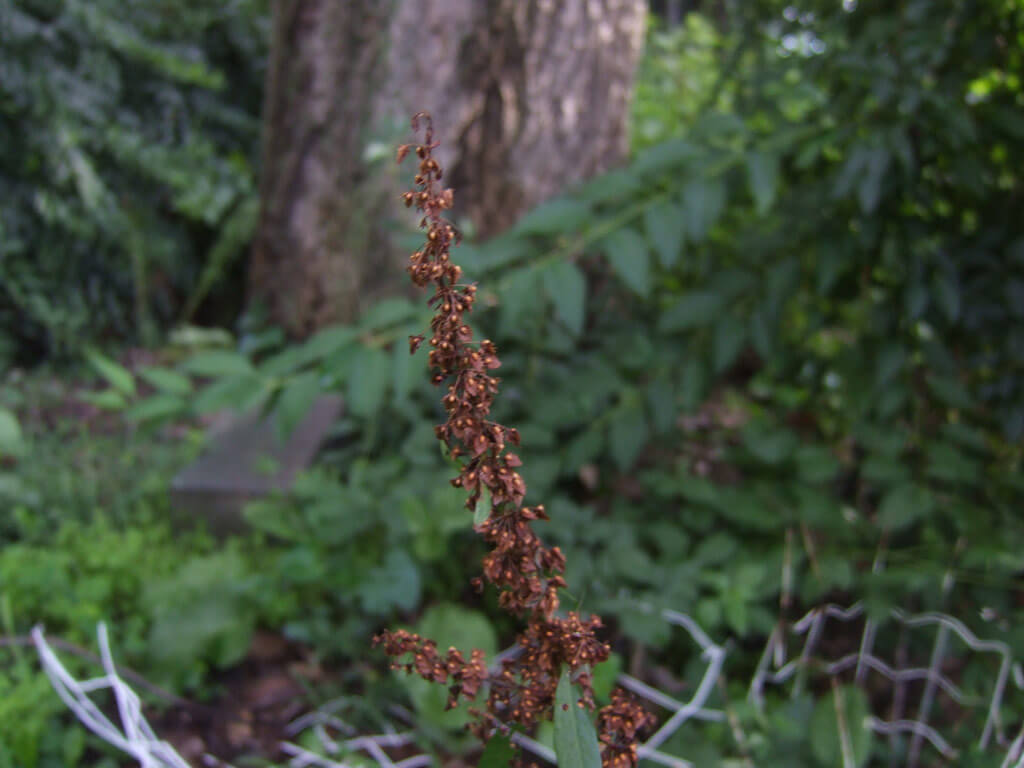Got too many weeds competing with your garden? Tackle them — and keep your growing space chemical-free — with these techniques for weeding your garden naturally.Get even more tips to keep your garden clear of weeds all season long.
Use your hands
There are ways to turn hand-weeding into less of a chore: Use a weeding or soil knife to make unearthing weeds a breeze, and grab knee pads or a kneeling pad to make kneeling more comfortable while you're working. Know, too, that weeds slip out of damp soil more easily than dry, so hold off until after it's rained or you've given the garden a good watering.
Grab a hoe
To weed without all that bending over, try a hoe. The idea is to chop weeds off at the soil line, so use short, shallow strokes with a sharp blade. If you dig into the soil, you risk bringing other weed seeds up toward the surface, where they'll likely germinate. This works best on young weeds, as older, larger weeds can sprout back from the remaining root.
Refresh your mulch
Organic mulch like grass clippings, straw, and shredded leaves helps keep weeds in check by shading soil (no light = no growth). By late summer, though, the layer you put down in the spring might need refreshing. Add more to keep your mulch a consistent 2 to 3 inches thick, and consider putting down a layer of newspaper first to add yet another barrier. (Bonus: Worms love the cozy quarters underneath.)
Water strategically
If you're battling a bumper crop of weeds, you might need to re-think your irrigation strategy. Sprinklers, for example, water everything — including weeds. (That's why weeds are always worst in the rainy season.) Try soaker hoses or drip irrigation to deliver water only to the plants you want to grow.
Apply natural herbicides
Look for ones with soap (listed as fatty acids), vinegar, or plant oils — usually eugenol (clove) or citrus — as the main ingredient. You can find these products at garden centers, farm co-ops, or online from businesses that cater to organic gardeners. As with any herbicide, follow label instructions carefully. Most natural herbicides are non-selective, meaning they'll kill whatever plants they touch, including your prize tomatoes. So when you spray, use cardboard pieces to shield veggies from spray drift, or roll a piece of paper to create a cone that allows you to target the spray solely on the weed. Also, be sure not to spray in windy days.
You can make your own home-brew herbicide with easy-to-obtain ingredients like 10% (100 grain) vinegar (available from organic farming suppliers), orange essential oil (available at natural health stores), molasses, and liquid soap. Search online for recipes and advice.
Corn meal gluten also keeps weed seeds from germinating, plus delivers a modest dose of nitrogen fertilizer to your vegetable garden. Simply sprinkle it on soil around existing crops, then water. CMG works by interfering with seed germination, so don't apply it if you're starting some fall crops from seed or hoping for self-seeding from herbs or flowers. It's safe to apply around seedlings, though. You can find CMG online and in the weed control aisle of many retailers that sell lawn care supplies. Always follow label directions.
Don't let seeds disperse
Above all, do not allow any weeds to release seeds. One dandelion, for example, can produce 15,000 seeds per year — and each of those seeds is able to germinate for up to six years once it hits soil. The minute you spot seeds or seed pods forming on a weed, pull or clip it!




Get even more tips to keep your garden clear of weeds all season long.
Of course, no matter how you do it, fighting weeds is always easier when you know your enemy. Visit the University of Illinois' Weed Science section or Virginia Tech's Weed Identification Guide to brush up on your weed ID skills. Make a point of walking your garden each day to keep an eye out for any interlopers. As you may have guessed, there's no silver bullet for getting rid of them, and you'll usually get the best results by combining several natural weeding techniques. Get even more advice for getting rid of weeds in our video.
Article written by Julie Martens Forney.




 Herbs
Herbs
 Vegetables
Vegetables
 Fruit
Fruit
 Flowers
Flowers
 Succulents
Succulents


